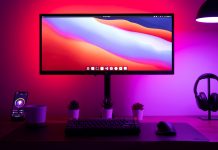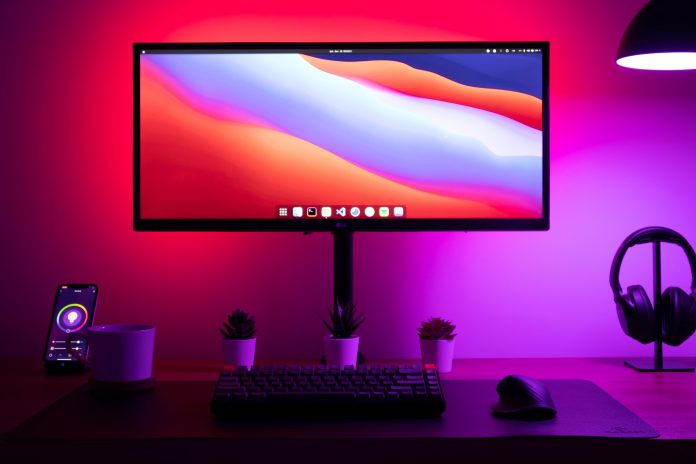What is RGB?
RGB represents the colors red, blue, and green. It is a lighting mode where each device’s pixel can release a different color. The light source can be from an LED or minor groups of LEDs. RGB primary colors can be combined to make any color that is desired. The primary colors are used in TVs and PCs to form any color in the spectrum. The differing intensities of red, blue, and green create a remarkable amount of color possibility.
There are two methods to create colors with LEDs. The first combines red, blue, and green transistors as the primary colors, and the other method uses white light through several filters. To create white light, one can use the blue LED with the yellow LED or combine the diodes when using the white LEDs.
For different reasons, a gaming computer has several lights and components related to RGB. For instance, a user may have a system with a theme that matches his favorite character or game. Other users may want more aesthetically appealing lighting for their system to make a wider scope of colors.
What is ARGB?
An addressable RGB is a type of lighting whereby each pixel releases its blend of red, blue, and green colors. ARGB is also called high color, true color, or 32-bit color. Unlike RGB, ARGB permits one to adjust the color at the pixel level allowing each pixel on a device to release a different color or mix of colors which will still amount to white.
ARGB allows one to adjust precisely the amount of red, blue, and green that should go in particular areas of your light, therefore more precise in terms of the coloring perspective than RGB.
The difference between ARGB and RGB
The traditional RGB lighting shows only one static color at a time; however, ARGB can show several colors simultaneously. A controller can adjust the ARGB to demonstrate a wide range of colors simultaneously by using an integrated circuit that regulates the tempo, pattern, and color.
RGB is used on products such as desktops and TVs. Each pixel is easily visible and therefore broken down into sub-pixels which release the red, green, and blue light. The lights mix to come up with any color that we see. The ARGB is mainly used in laptops where the screen does not contain separate LEDs for each sub-pixel. Backlights, therefore, simulate the lighting.
Click here for a more detailed comparison of RGB vs. ARGB. The article really goes in-depth on the topic and explains it quite well.



















